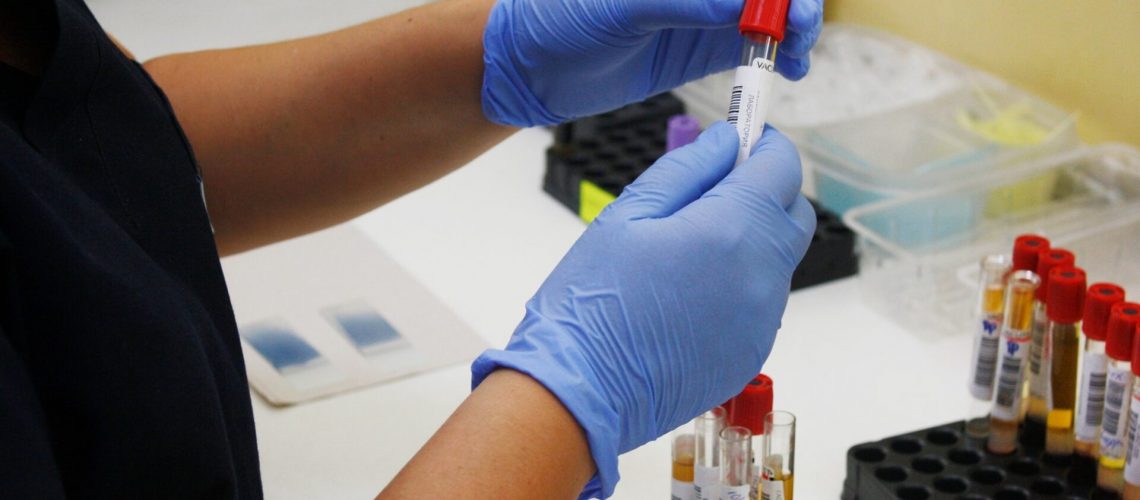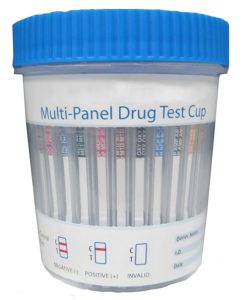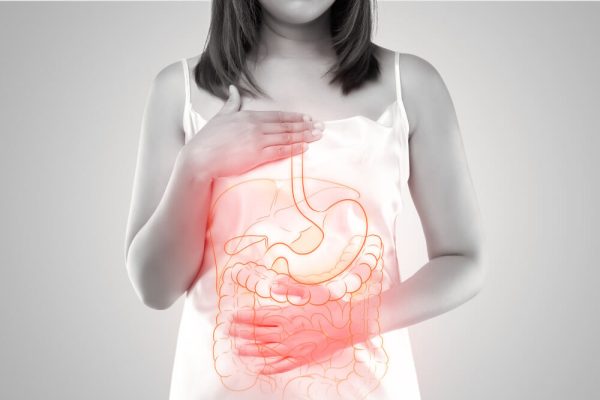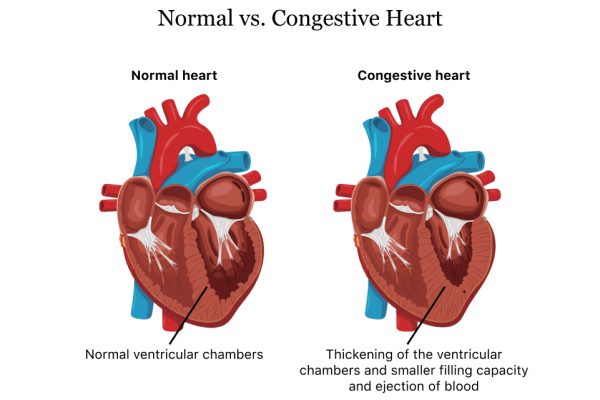If you’ve been told you need to take a 10 panel drug test for your employer or prospective employer, you have a choice to make: either take the test or don’t. If you don’t take the test, your employment will likely be terminated or, in the case of applying for a job, you will likely no longer be a candidate. This is why you should research what does a 10 panel drug test test for before making your choice. If you’ve recently used a drug that’s tested, you may decide to move on to a different employer.
The 10 Substances a 10-Panel Drug Screen Tests For
Most employers use a third-party drug testing company that analyzes urine samples for the presence of the 10 most common drugs people use and abuse. These 10 substances are:
- Amphetamines, including methamphetamines, meth, speed, and ecstasy
- THC, including cannabinoids, marijuana, and hash
- Cocaine (also called coke or crack)
- Opiates, including heroin, opium, codeine, and morphine
- Phencyclidine (also called PCP or angel dust)
- Barbiturates, including phenobarbital, butalbital, and secobarbital
- Benzodiazepines, including diazepam, alprazolam, and clonazepam
- Methaqualone (also called quaaludes)
- Methadone (opiate analgesic)
- Propoxyphene (Darvocet)
There is a cutoff concentration amount that determines if a sample is positive or negative for metabolites of these 10 substances. If your sample has a higher concentration than that cutoff amount, you will have a positive result. If it has a lower concentration than that cutoff amount or the substance isn’t present at all, you will have a negative test.
Positive initial results are always retested to confirm the presence of a metabolite. Moreover, all tests are reviewed by a Medical Review Officer, or MRO, to ensure the test is valid. If there are any irregularities found, the MRO will contact the test taker to discuss any medications they are taking that could result in a false positive or any foods they might have consumed that could trigger a false positive.
Tests can also be determined inconclusive. This is when the sample is too diluted to determine the concentration of a metabolite or when a test has been compromised in some way. There are also laboratory errors and other issues that can cause a test to be inconclusive. In the case of an inconclusive result, the test taker must provide a new sample.
Purpose of a 10-Panel Drug Test
Employers use the results of a 10-panel drug test for various purposes. The most common purpose for a drug test is for pre-employment determination. Employers request that applicants get tested for drug use before they’re considered for employment. If an applicant refuses to take a test or their test comes back positive, they are usually no longer a candidate for that position.
The 10-panel drug test is also used to determine if drug use was a contributing cause of a workplace accident. The test alone cannot determine if drug use caused an accident, but it can determine if the person involved recently used a specific drug. From there, a case can be built through other evidence.
Random drug testing, return-to-work drug testing, reasonable suspicion drug testing, and periodic drug testing are other employment uses of the 10-panel drug screen.
Conclusion
Since the 10-panel drug screen tests for the most common prescription and illicit drugs that people tend to abuse, it’s difficult for an employee’s drug use to go undetected. For this reason, it has become a valuable tool for employers who otherwise find it difficult to screen for drug use.






